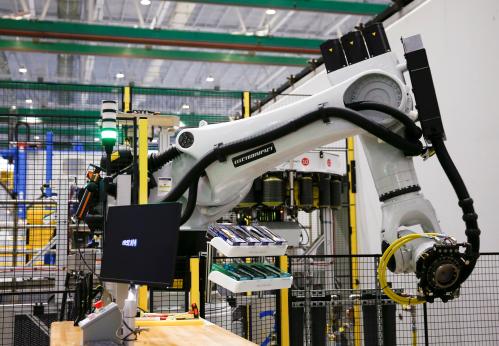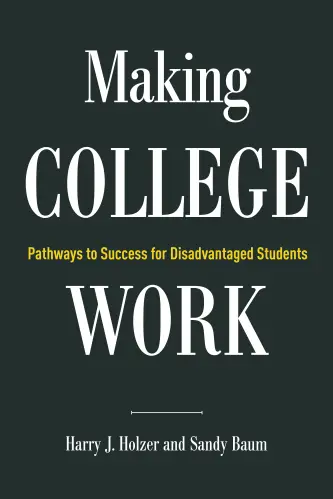Over the past decade many economists have warned that the middle of the labor market is hollowing out. Traditional middle-skill jobs—like construction, production, and clerical jobs that require little formal education—are disappearing. But new analysis from Economic Studies Visiting Fellow Harry Holzer uncovers growth in the middle of the labor market that many have overlooked. Analyzing data from the Bureau of Labor Statistics (BLS), Holzer finds that while it’s true there are fewer traditional middle-skill jobs, employers are looking for workers to fill new kinds of middle-skill jobs—in health care, information technology, and advanced manufacturing—but can’t find the workers they need. In this “new middle” of the labor market, jobs that require slightly more post-secondary education are growing, but American workers are increasingly unprepared to fill the positions.
Why the middle of the labor market is changing
Major declines in employment growth and wages for jobs in the middle of the labor market have been happening since the late 1980s, a fact that many labor economists, such as David Autor (2010), have demonstrated. The trend picked up speed during the Great Recession with additional job losses in industries like construction and manufacturing (Nir Jaimovich and Henry Siu, 2012). Holzers’ new analysis of BLS data, thoroughly explained in the first of two new briefs, finds that the share of employment accounted for by “middle-wage” jobs overall fell sharply from 39.1 to 36.6 from 2000-2013. But these declines are completely driven by job loss in construction, production and clerical jobs. All other kinds of middle-wage jobs consistently grew as a share of the labor market, both before and during the Great Recession and recovery. In many ways the observed declines are the consequence of broader changes in the global labor market. Digital technologies and globalization make it easier for employers to replace workers doing supposedly routine tasks. But decisions on the part of employers have played a role in this job market polarization, too. By cutting back on training expenditures and refusing to raise employee wages, many employers are now having difficulty filling vacancies for the middle-skill jobs that do exist.
Three new ideas to prepare U.S. workers for vacant middle-skill jobs
To combat stagnant earnings for the American middle class, policymakers must undertake the critical task of developing policies that improve U.S. worker skills over time and the numbers of middle-skill jobs that employers create. Toward that end, Holzer has authored a second brief that outlines new policies for improving U.S. workforce development.
These proposals not only suggest improvements to employer workforce development programs, but changes in post-secondary education models as well. Holzer writes that “while some employer reluctance to invest in skill-building on their own makes economic sense…our educational system has done too little to generate employees with these skills as well.”
- Provide more resources and incentives to public colleges.A post-secondary version of “Race to the Top” for 2-year and 4-year public colleges would create more accountability by basing state subsidies on student completion rates and earnings of graduates.
- Expanding apprenticeship programs along with other career and technical education.One of the reasons why college degrees in the U.S. are rewarded so heavily in the labor market is because high school diplomas are so un-rewarded. Improving the quality of career and technical education (CTE) could change that by helping students earn recognized credentials and strong early work experience.
- Incentivize employers to create more good jobs.Employers that create “high-performance workplaces” typically pay better, offer more promotional opportunities, and invest more in the skill development of their workers who, in turn, are expected to have lower turnover rates.How do we incentivize more employers to follow their lead? Holzer outlines several possibilities including tax credits for incumbent worker training, preference for firms in government contracts or those receiving federal funds, and more.
Together, these policies could enhance U.S. workforce development and better prepare U.S. workers for higher-paying jobs, while also encouraging employers to create more such jobs as well.
The Brookings Institution is committed to quality, independence, and impact.
We are supported by a diverse array of funders. In line with our values and policies, each Brookings publication represents the sole views of its author(s).







Commentary
3 new ideas to create “middle-skill” jobs and prepare U.S. workers for them
April 7, 2015